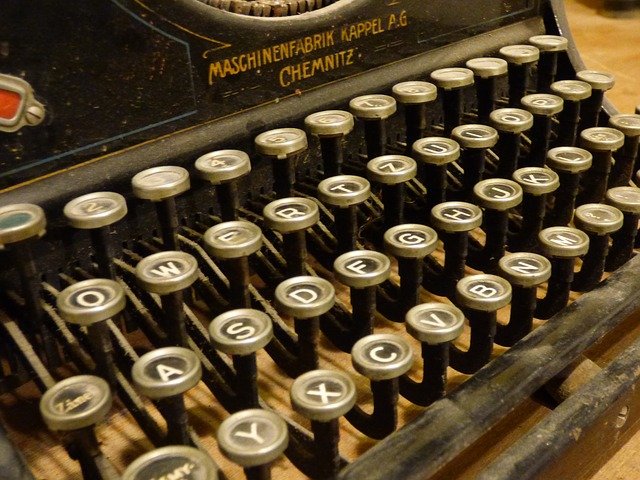Flexographic printing has a number of advantages over traditional lithographic printing presses. It has a faster startup time and can print using a wide variety of ink on almost any substrate. It can also print on plastics, metallic films, cellophane, paper, and even on corrugated surfaces. Flexographic printing has extremely high press speeds and is suited for long runs – a good consideration for medium to large print jobs that need to be completed as quickly as possible.
All these advantages are great, but what exactly can you use flexographic printing for? Here are some of the most common and important uses of flexographic printing:
Food packaging
Flexographic printing is quick drying and able to use non-toxic inks. These factors make flexographic printing desirable in the printing of food packaging. It can basically be used on packaging like milk cartons, beverage containers, food containers, as well as disposable cups and containers.
Medical packaging
Since flexography is food safe with the right ink, it can also be used to print packaging for medicines and other medical supplies. Flexographic printing can be used on foil wrappers, hygienic bags, plastic, and cardboard packaging.
Brown corrugated boxes
Flexographic printing’s ability to print on a wide variety of substrates and surfaces make it an ideal method for printing on brown corrugated boxes used in shipping and storage businesses.
Flexible packaging
The ability to print on flexible, non-rigid materials makes flexographic printing useful when printing on rolls of material used for plastic and paper bags. Flexographic printing is an ideal choice for industrial converters that make printed plastic and paper bags.
Self adhesive labels
There’s no doubt that retail products need labels, regardless whether the labels are applied manually or by machine. Self adhesive labels are also useful in the corporate setting. Flexographic printing allows for the relatively quick printing of medium or large print jobs of self adhesive labels – an excellent printing choice for manufacturers.
Newspaper and other print media
Even with the prevalence of e-books and the internet, there is still a market for newspapers, magazines, and books. The production of flyers, posters, and newspaper inserts also greatly benefit from flexographic printing’s ability to quickly print large print jobs.
These are not all the applications that flexographic printing can be used on. It can be also used to print envelopes, containers, and even wallpaper. Flexographic printing’s capabilities are flexible enough that they can be used on other surfaces. Advances are still being made in the manufacture of ink and plates to improve print quality. There is even research being done on the possibility of using flexographic printing to print electronic circuits and solar cells – an exciting future application of the technology.
Optimizing Flexography
Motion control is an important part in flexography. Perfect synchronization of the Anilox rollers and plate cylinder must be achieved for consistent printing – reducing waste from misprints and excessive use of materials. Inaccurate motion solutions not only waste materials, but may be also result in an unwanted safety hazard. Precision linear stages increase the effectiveness of flexographic printing presses. It allows for easier and precise recalibration of rollers when changing substrate materials or adjusting for wear. The right motion solution for flexographic printing allows your business to fully benefit from using flexography.




